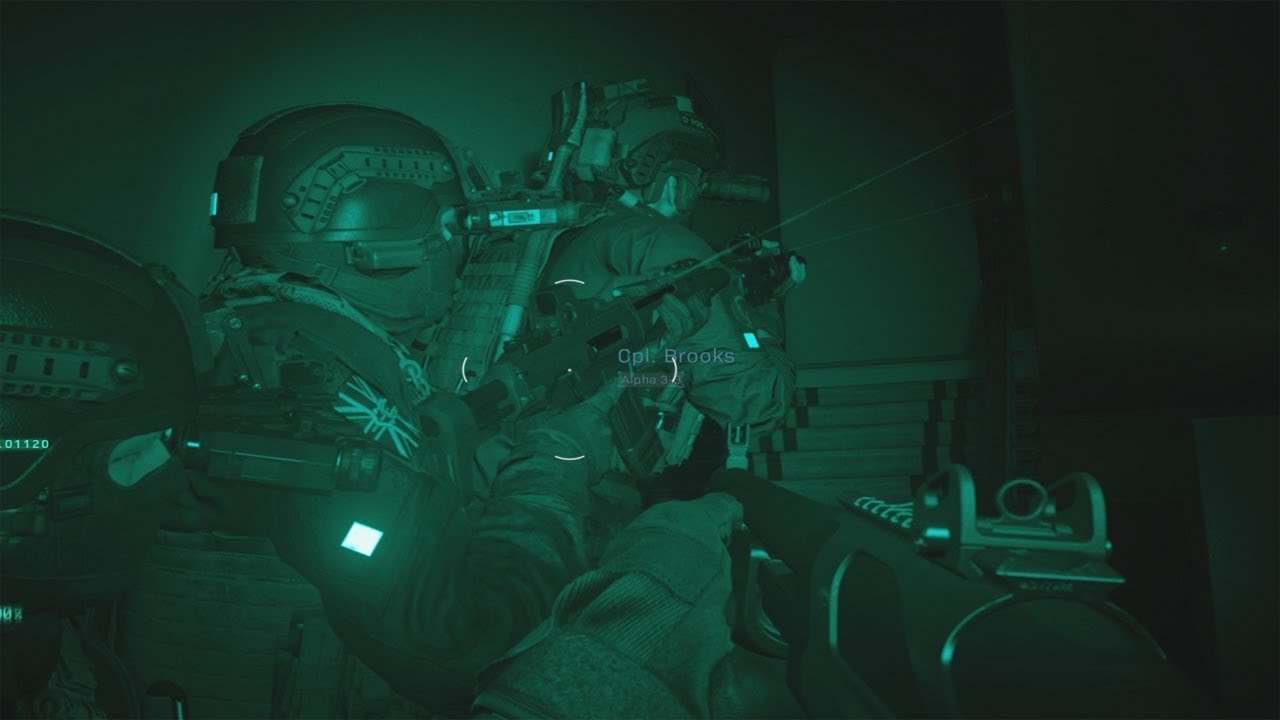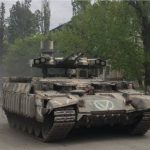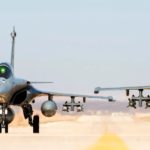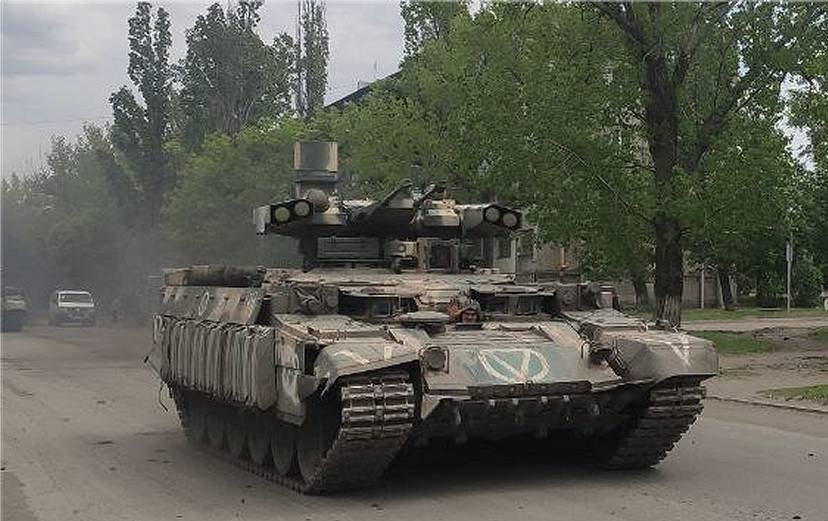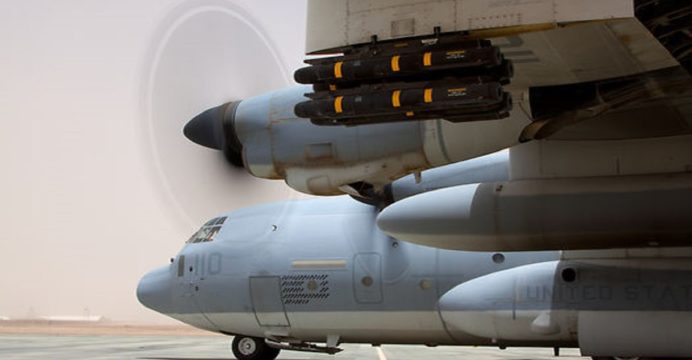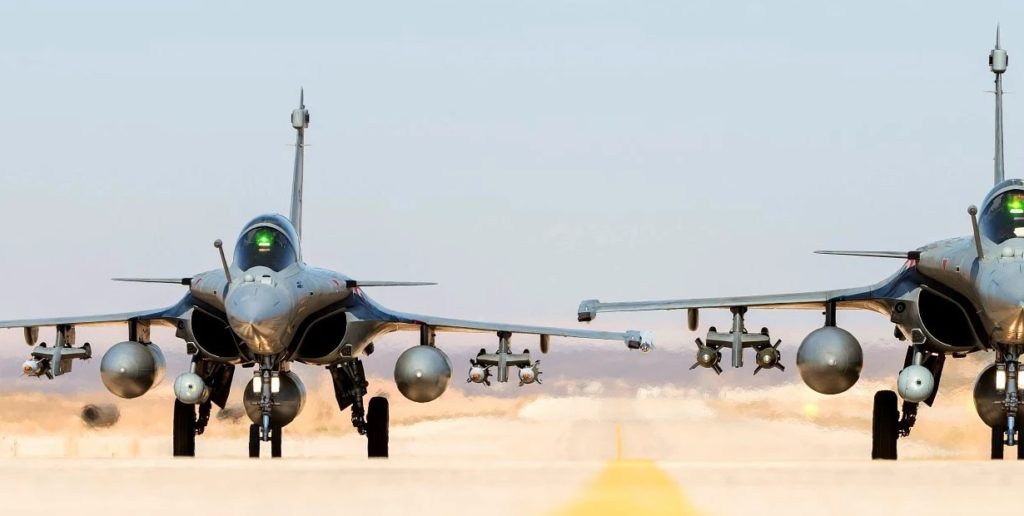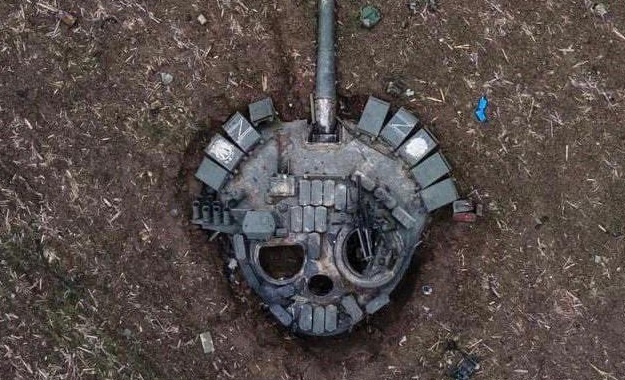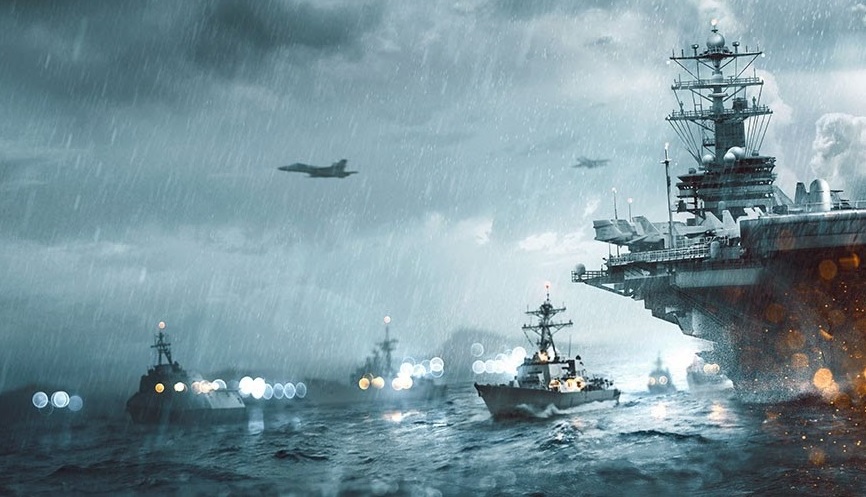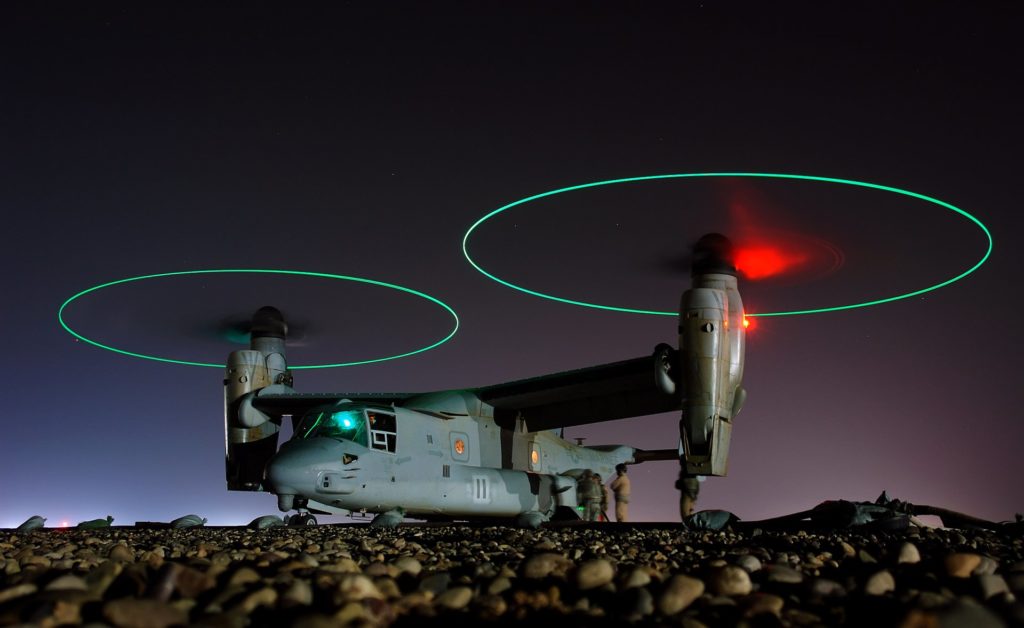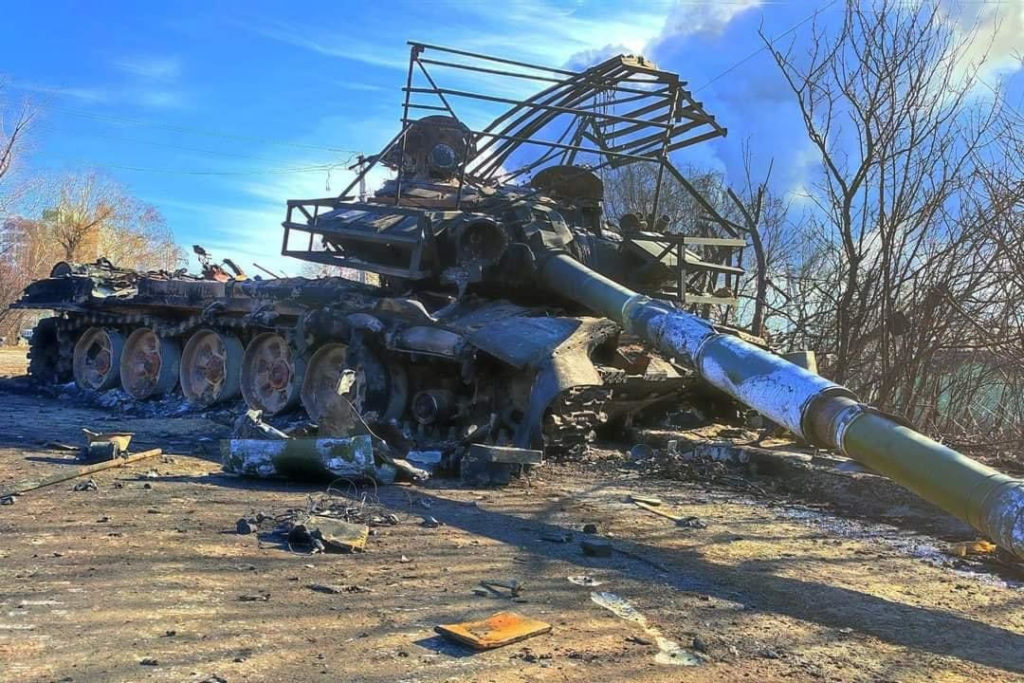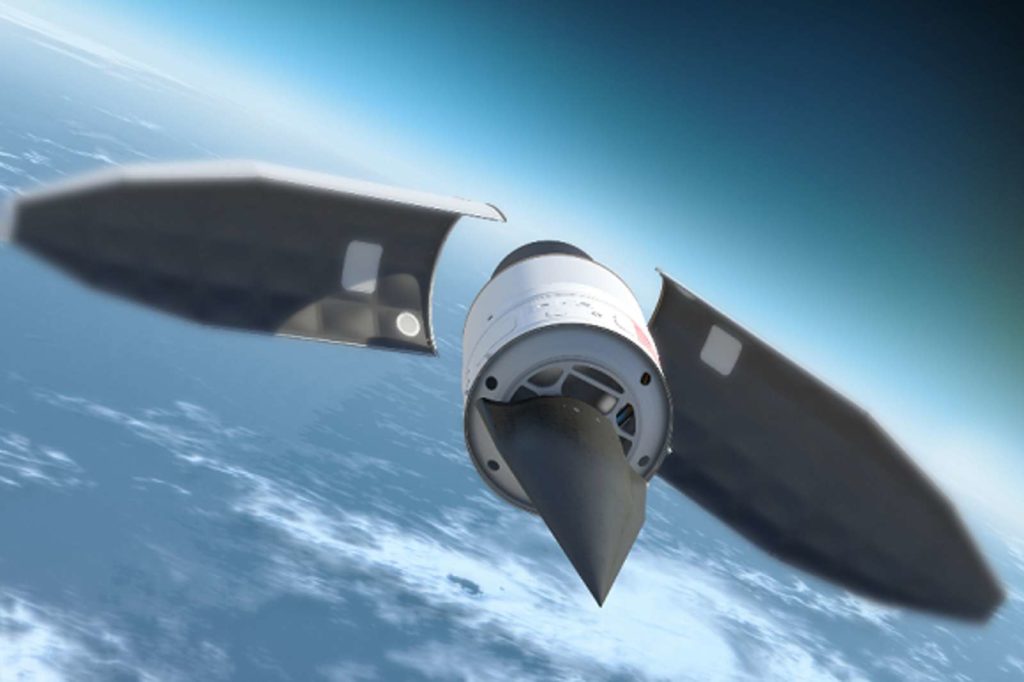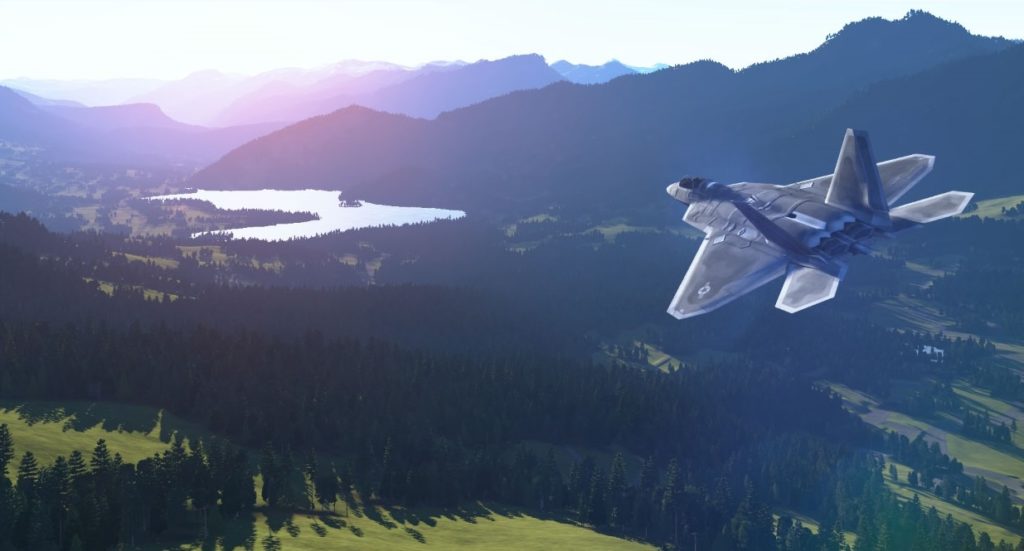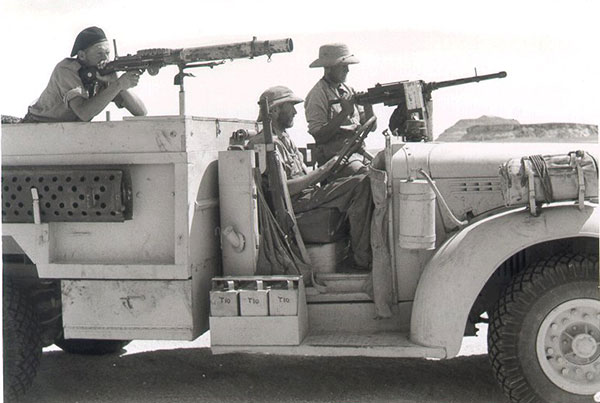In the perpetual race of video games for more immersion and realism, the animation of the protagonists is subject to continuous improvements. Whether we’re talking about FPS or third-person shooters, gestures and military authenticity are an integral part of the arguments put forward by publishers. And yet, even with the best possible expertise, can we really say that we play realistic games today ?
Above: a prominent scene from the Call of Duty: Modern Warfare (2019) campaign.
Metal Gear Solid Revolution
Nowadays, every series, blockbuster or video game has its own team of military advisors, who are supposed to guarantee a certain level of quality in terms of transcribing what is a tactical action… or not !
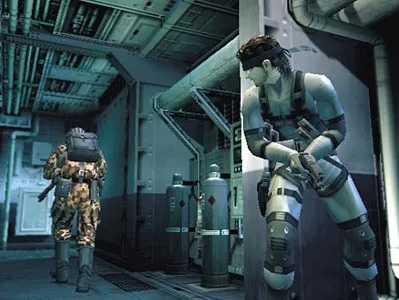
Indeed, in video games in particular, we have today this strange feeling that Metal Gear Solid, and especially episodes 2 and 3 which were, in their time, a real revolution, have never been equaled in terms of authenticity..
Let’s put it in context: after the huge success of the first opus in 1998, the Japanese editor Konami switched to the second one in 2002 by taking advantage of a new generation of consoles. The developers relied on the expertise of Motosada Mori, a former member of the Foreign Legion, to work on the realism of the confrontations.
On the one hand, he imbued the teams with a tactical spirit (notably by organizing confrontations in the studios), and on the other hand, he advised the animators on the gestures of the characters, whose movements are, even today, impressive in their realism.
The making of MGS2 shows us the importance of the tactical culture on the final result (at 10min):
The formula is further improved in 2004 with MGS 3. Once again, Mori is at the helm, and the Close Quarter Combat system he manages to generate remains, to this day, unequalled in video games.
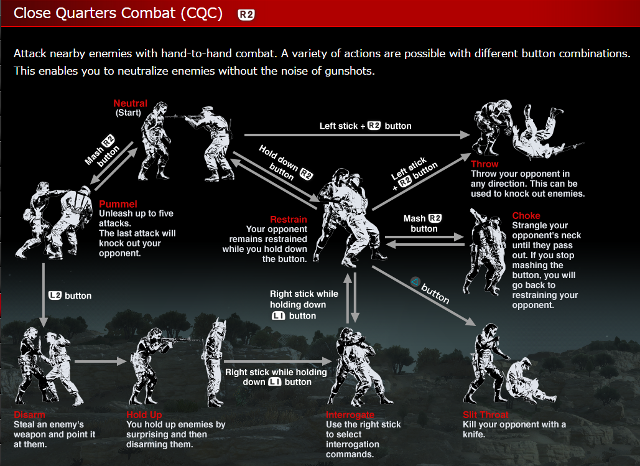
Competitive online gaming, the enemy of authenticity ?
AIn the early 2000s, MoCap (for Motion Capture) was still in its infancy and the operational aspect was, in FPS games like the first Call of Duty or Medal of Honor, mainly generated by staging effects. For the more tactical games such as SWAT or Rainbow 6 (and yes, this series was, at one time, the must in terms of authenticity and realism), we start to have options for planning and giving orders, even if these are still rigid. In the end, only Sam Fisher, the hero of Splinter Cell, seems to have learned the lesson of MGS, and adopts a feline gesture…
Over the years, the refinement of the Mocap, the soundscape and the special effects make the experience more immersive, and permeate all productions. In 2019, in Call of Duty Modern Warfare, the SAS assault on a London building is tactically and visually worthy of a big Hollywood production.
And yet… If we take the example of Ghost Recon Breakpoint, the work done on the animation is remarkable, especially thanks to Alex french SAS, but the game is not authentic neither on the tactical aspect, neither on its scenario, which also guaranteed the adhesion of the fans of Tom Clancy…
In the end, we say that today, the generalization of open worlds, and especially of Fast FPS, where sprinting is the standard mode of movement, has led to the paradox of an animation that is more and more fluid, but used in less and less realistic situations to satisfy a new generation of players.
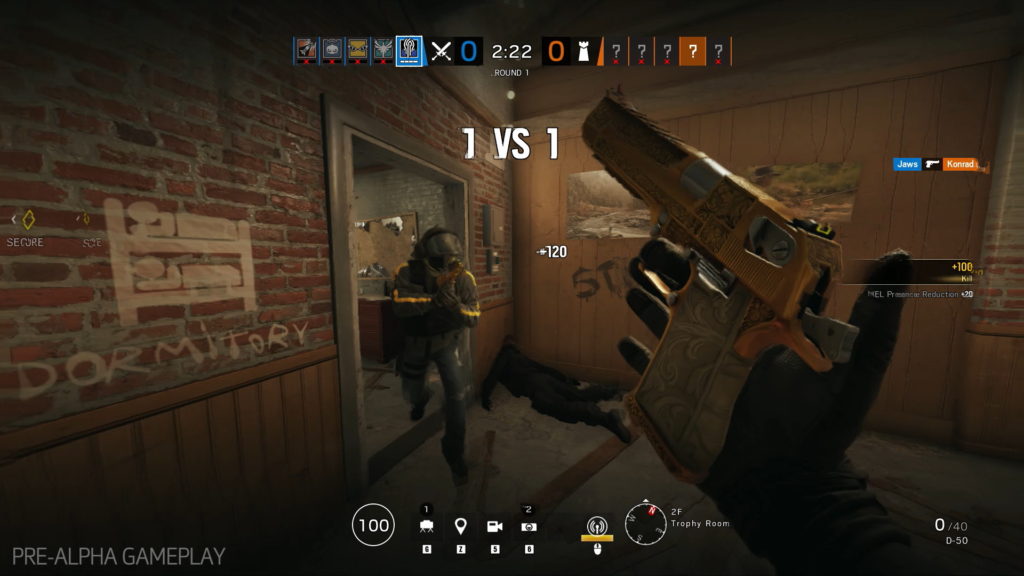
Let’s hope that with the revival of Tactical, a style that praises the “slowness” (or rather the efficiency) of tactical gestures and military planning, we will one day be able to play again games that are visually authentic but scenarially interesting and realistic.
